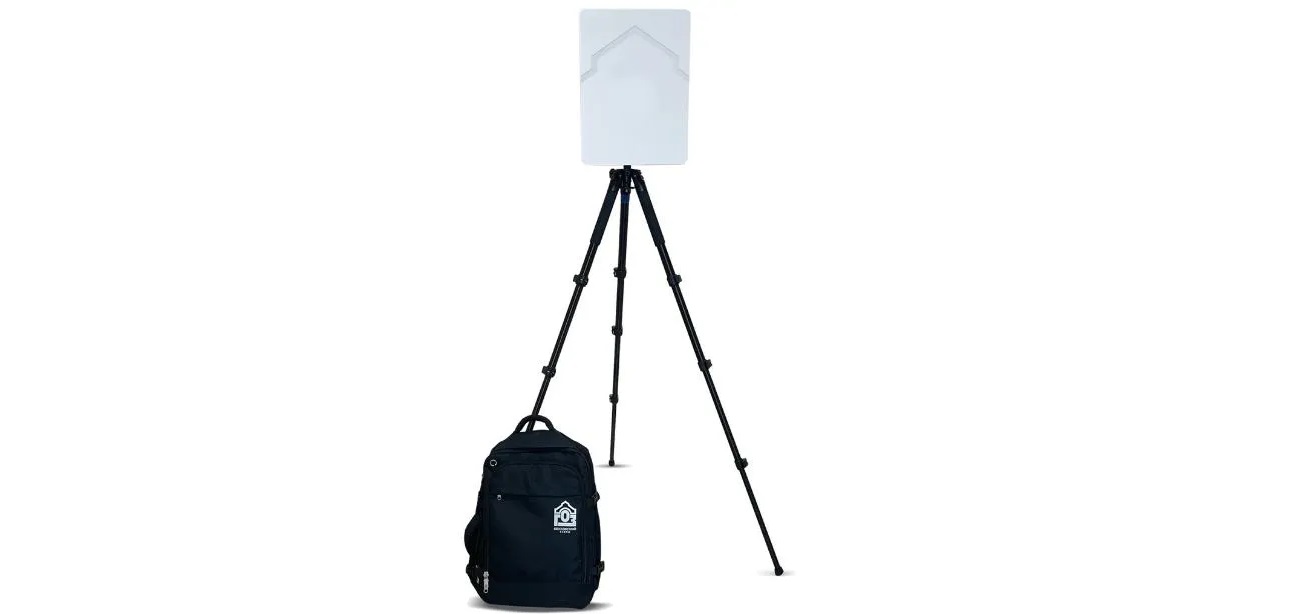
The Russian corporation Almaz-Antey has manufactured and tested a prototype of a small-sized radar, the Perimeter radar, which can help the invaders build FPV interceptor units.
The news was published on the manufacturer’s website.
The Obukhov plant in St. Petersburg, part of the Almaz-Antey corporation, has created and tested this compact radar station designed to search for air, ground and surface objects, including UAVs.
The dual-axis station is said to independently determine the range, speed, and direction of movement of an object. Its compact size allows for covert use by special units directly on the front lines to detect Ukrainian reconnaissance drones.
According to the developers, in addition to its light weight, the radar also has low power consumption, which ensures long battery life. The station itself can operate around the clock with a constant power supply.
Currently, one of the problems with intercepting drones in the air is finding their exact location: it is extremely difficult for FPV interceptor pilots to find an object relying only on an onboard camera. Man-portable radars solve this problem.
The MP radar can operate independently or as part of a single network with other similar stations within Perimeter radar, thereby expanding the overall field of view. At the customer’s request, it can also include optical reconnaissance capabilities.
The developers have implemented the ability to interact with the station via a smartphone, tablet or laptop, so it can be easily integrated into the warring units of the Russian Armed Forces.
It is reported that the Obukhov plant is also working on integrating additional software into the system, which, using a neural network, could independently recognize and classify detected objects based on the information received.
The manufacturer has now successfully completed internal testing of the prototype. The company said that it is ready to produce up to 500 units of the MP radar annually.
Previously, Militarnyi reported that the United States Army is also testing small-sized air monitoring radars that could operate as part of high-altitude micro aerostats.
Reconnaissance at high altitude allows to neutralize the effect of the radio horizon and increase the operating radar observation radius of the radar complex. According to the project participants, the altitude is between 18 and 30 km.
Підтримати нас можна через:
Приват: 5169 3351 0164 7408 PayPal - [email protected] Стати нашим патроном за лінком ⬇
Subscribe to our newsletter
or on ours Telegram
Thank you!!
You are subscribed to our newsletter